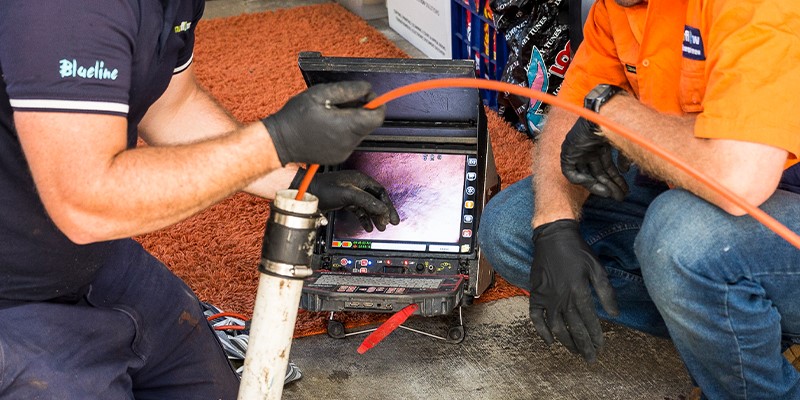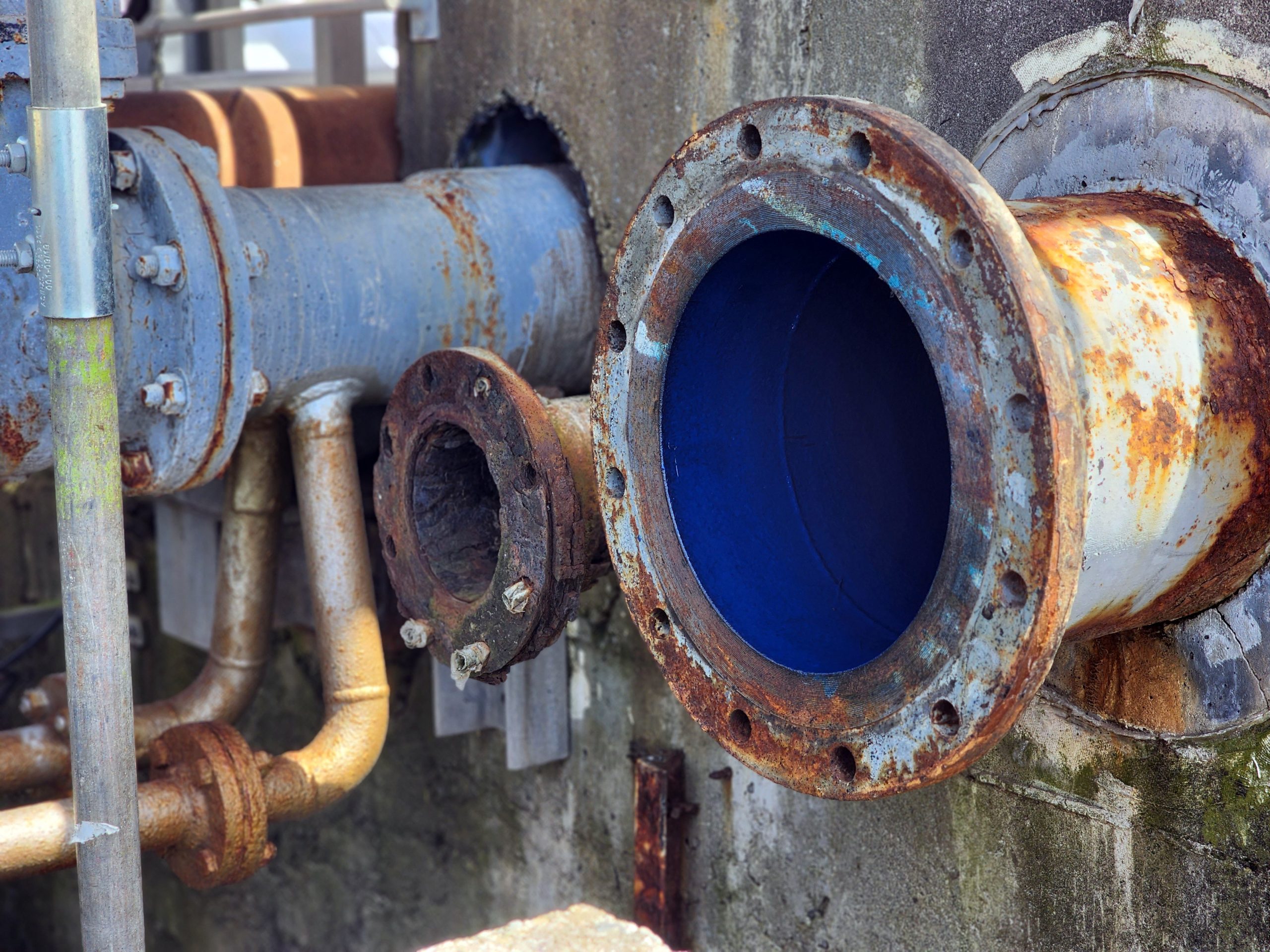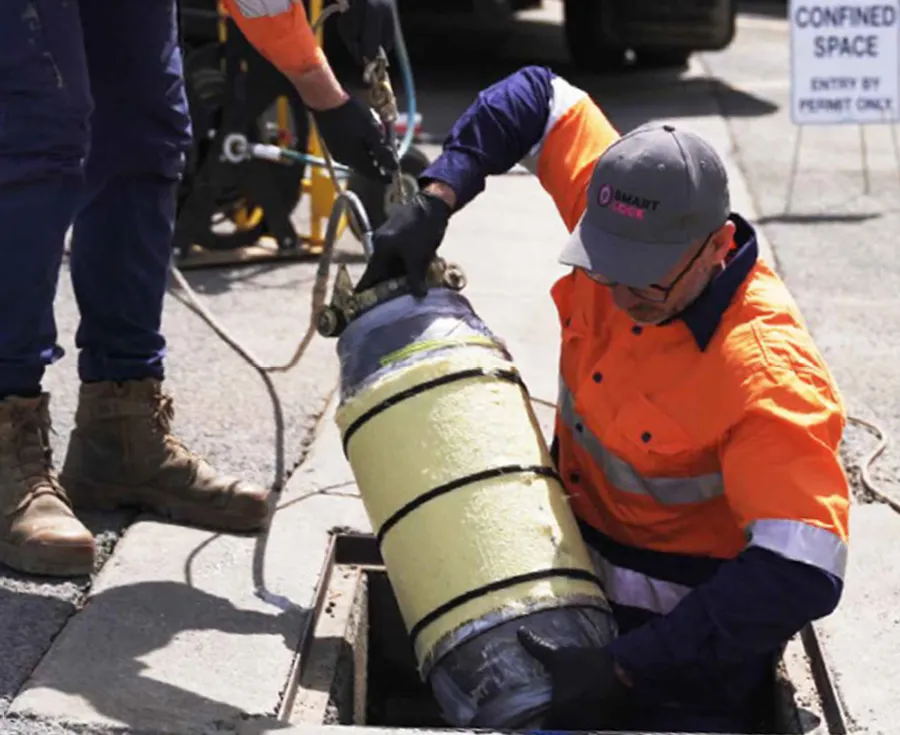We maintain our fences, look after our health, and give the lawns and gardens a regular going over to keep things in top condition. So why is it so many of us fall short when it comes to plumbing maintenance around the home?
This article takes a look at how just a little bit of regular maintenance can save thousands when it comes to paying for plumbing repairs. It also gives you some tips on easy things you can do to implement a plumbing maintenance schedule around your home that can reduce future plumbing service costs.
Why plumbing services can be a bottomless pit
“I think we might need to call the plumber love.”, a simple phrase that strikes terror into the heart of most homeowners. It’s not that we begrudge a tradie getting a fair price for what’s (let’s face it) often a pretty ordinary sort of job. But FOTBP (Fear Of the Bottomless Pit) chills us to the core; throwing up memories of previous seemingly simple plumbing jobs that turned into catastrophes.
But one of the main reasons plumbing bills often end up incredibly high is simply because property owners have played Russian Roulette with their pipes for years, hoping they’d just magically keep working forever, without paying them any attention.
Becoming informed about the condition of the pipes that keep your property functioning, and then doing the basics to help them work as well as they can help you avoid hefty bill shock and relieve you of FOBP forever.
WHAT IS PLUMBING MAINTENANCE?
To be honest, the sort of plumbing maintenance required for you to stay on top of things isn’t that hard. You don’t have to get out in the hot sun for hours with the mower. Nor do you have to sand away fading paint and wash down the walls. Pipes are actually very easily pleased in comparison to other areas of home maintenance but just a little bit of TLC each month can go a long way toward avoiding major headaches down the track.
1. CCTV inspection
The first thing you need to consider is whether you want to outlay a few hundred dollars to get a CCTV pipe inspection done. Whilst some homeowners may see this as a waste of money (‘Why get an inspection done if there aren’t any obvious problems?‘) – it really is a good investment.
Cutting corners by not investigating the current state of your pipes is like trying to manage your finances without checking the bank balance. You just don’t have all the information you need. Having pipes inspected either when you move into a house, before you do renovations, or just when you are ready to start a plumbing maintenance program at your property can be a very sensible move. It gives you all the important information you might need in the future such as:
- the types of pipes on your property (what they’re made of)
- the diameters of the pipes on your property
- where junctions and joins occur
- whether there is any corrosion or deterioration of the pipe interior
- whether there are any cracks which might develop into breakages or collapse
- whether there are any small blockages starting to form as a result of inappropriate items (wipes, nappies, sanitary products etc.) being disposed of in the toilet
- whether there are any vegetation roots entering the pipes (which could later form major blockages)
- whether there is any build-up of grease occurring
- what the configuration of the pipes are (the directions in which they lay)
- how deep the pipes sit beneath the surface.
Once you have this information (and a video record to keep) you can use it as a baseline to plan for plumbing services in the future, to have your pipes cleared out, and to undertake renovations or building projects with peace of mind. If there is evidence that someone is putting things they shouldn’t down the sink or toilet, you can show them the damage it is causing and they will be more likely to agree to stop.
You can also have repeat inspections done (perhaps every five years, depending on the usage the pipes receive and the condition they are in) to stay abreast of how things are progressing. CCTV pipe inspections are carried out by reputable local drain technicians in most areas.
2. Have drains cleared out
The pipe inspection may reveal that things are clear and that you won’t need to pay for any plumbing services, which is great news. If, however, there is evidence of small blockages or tree root invasion it is best to have a professional drain cleaner remove them. This can be done in a number of ways (including DIY options) but it is important to have professional advice to ensure the interior of the pipe is not damaged during the clean.
3. Reline any cracks or areas of damage
Whilst it is not essential to have small plumbing repairs done straight away, tiny cracks or splits in the pipe are the perfect entry point for vegetation roots. Even the tiniest crack can be enough to allow hair-like exploratory roots in search of moisture and nutrients to enter and then grow inside the pipe, often blocking it altogether. If you can get those cracks relined you will have peace of mind for years to come. CIPP pull-in-place relining is the most cost-effective method for repair small cracks and areas of damage and the resultant pipe will be stronger than the original, resistant to tree root invasion and guaranteed for up to 50 years.
4. Initiate a regular plumbing maintenance program
Once you know your pipes are clear and that damaged areas have been relined with composite resin (CIPP relining) you can go ahead with a regular but simple plumbing maintenance regime that will keep things flowing for years.
For the kitchen sink:
Usage tips
- Most importantly, don’t flush cooking grease, food scraps or oils down the sink. Just because you follow it with hot water doesn’t alleviate the fact that at some point that water is going to cool in that pipe, and when it does the grease is going to solidify. As more and more grease accumulates (particularly if it is also mixing with food scraps) it will cause a larger blockage which can lead to a fully clogged or broken pipe; meaning paying for plumbing services you shouldn’t have needed. That said, running hot water through your pipes before you go to bed at night can help clear grease from accumulating near traps.
- Don’t ignore drips, puddles, gurgling sounds and slow drains.
Monthly maintenance
- Avoid harsh drain cleaners which can often harm pipes.
- Use hot water and dishwashing liquid as a complete monthly clean. Use about five litres of very hot (not quite boiling) water and about half a cup of dishwashing liquid. You can add the juice of a whole lemon and some salt if you feel you need some extra deodorising power, but the hot soapy water should be enough to shift most blockages.
- Some people also swear by the use of baking soda and vinegar, however, there is debate over the effectiveness given the items have to mix with pipe water and the effervescent action will not take place deeper in the pipe where blockages are likely to be lurking.
For sinks with disposals:
Usage tips
- Avoid putting certain types of food in your garbage disposal. The most common troublemakers include banana peels, coffee grounds, eggshells and potato skins. These types of food are thick and/or sticky, so they don’t grind well in disposals. Onions are also not particularly welcome.
- Tossing citrus peels in your garbage disposal keeps it smelling fresh.
- Always run a steady stream of cold tap water while you’re using your garbage disposal. The flow of water will carry waste material fully through the drainage system.
Monthly maintenance
- Start by running hot water through your garbage disposal for a minute.
- Pour about a quarter of a cup of baking soda into the drain.
- Flip the garbage disposal on for 2 seconds, just to whirl the baking soda inside, and then leave it alone for 10-15 minutes.
- Follow with1 cup of vinegar. The alkaline of the baking soda, when mixed with the acidity of the vinegar creates a bubbling reaction which is what cleans the inaccessible areas of the disposal.
- Rinse through one last time with very hot water and run your garbage disposal for 5 seconds.
For toilets and bathrooms:
Usage tips
- Don’t believe the ‘flushable’ claims of any products other than toilet paper. Tissues, wipes, floss, tampons, nappies, condoms etc. should NEVER be placed into the toilet. You can check out a list of common things found blocking toilets here.
- Use a drain strainer or a hair snare if you have long-haired residents to stop hair from going down the drain. It basically acts like string, binding grease and other materials into large, solid blockages.
- Don’t ignore constantly running toilets or drips in the sink.
Monthly maintenance
- Avoid harsh drain cleaners.
- A good dose of warm water mixed with a cup of dishwashing liquid once a month is a great way to ensure there is no build-up of grease inside the pipe. There are some new formulations of dishwashing liquid (including charcoal and lime) which also work incredibly well to remove odours.
If plumbing repairs or relining is needed
If you do need some relining or plumbing repairs done, always consider paying by the job, not by the hour. That way if they run into unexpected trouble the onus is on them to figure a way around it as quickly as possible, rather than taking their time while you’re paying by the hour.
As with most things, get at least three quotes and ensure any work takes into account your house plans, council plans and other underground services.
And finally, always use reliable companies which have credentials, testimonials (from locals) and a good reputation/positive reviews on the internet. Ensure they have insurance and offer warranties on their services. If you are having relining work, you should expect a warranty of up to 50 years for their work.
For more information go to Nuflow.net




